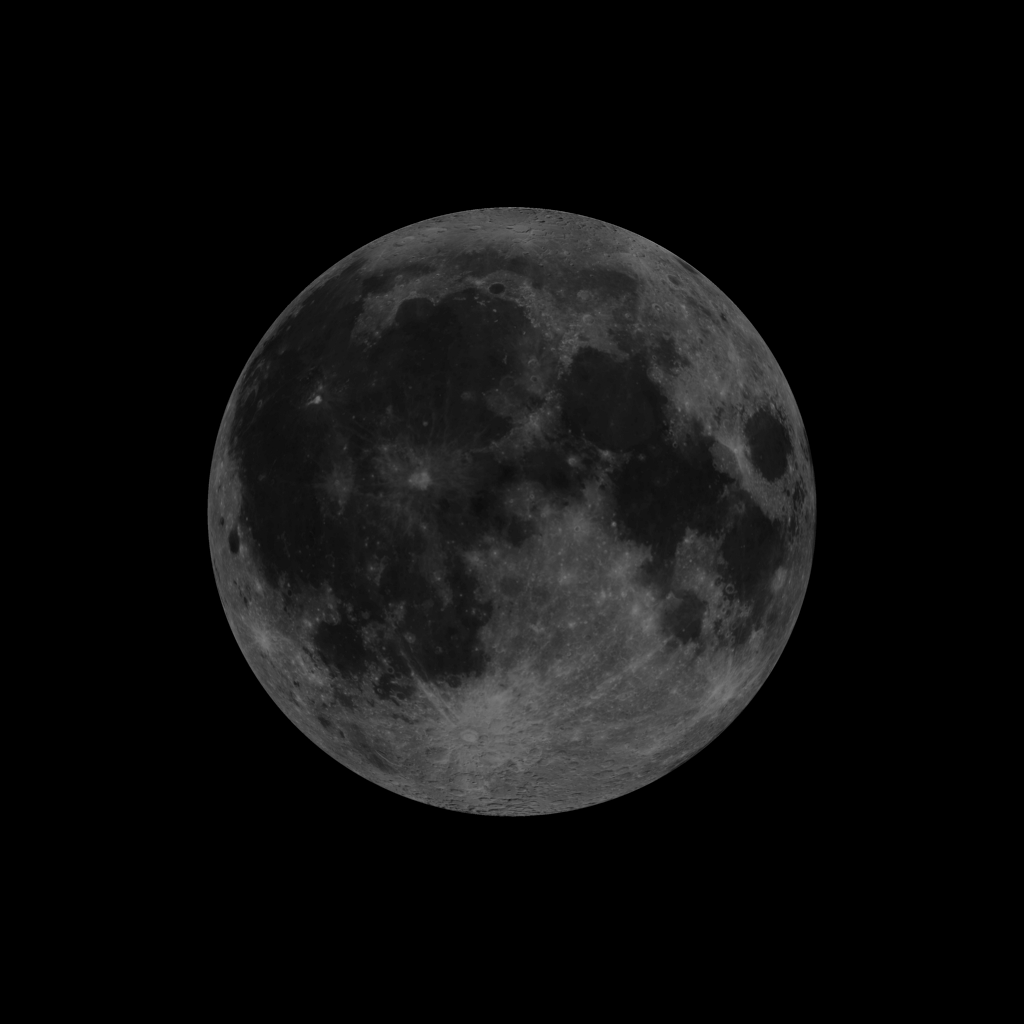
Sky Archive / EarthSky
https://www.almanac.com/what-new-moon
It’s a new Moon! For astronomers, a new Moon means no Moon. For many cultures, however, the new Moon carries special meaning. Discover more about the new Moon.
What Is a New Moon?
A new Moon is essentially the opposite of a full Moon. During a full Moon, we see the side of the Moon that is being illuminated by the Sun, giving the Moon its bright, glowing appearance. During a new Moon, however, we see the side of the Moon that is not being illuminated by the Sun, which makes the Moon blend in with the dark night sky.
When the Moon is “new,” it’s located between the Earth and the Sun. In other words, the Moon is in line with the Sun, and the Sun and Earth are on opposite sides of the Moon. (Note that when the Moon is perfectly aligned in front of the Sun, it blocks out the Sun, giving us a solar eclipse.)
The new Moon marks the beginning of a lunar cycle. This means that there’s a new Moon about once a month, because the Moon takes about a month (29.5 days) to orbit Earth.
In fact, the word moon shares its origins with the Latin word metri, which means to measure, and mensis, which means month. The Moon is called the Moon because it is used to measure the months.
When Is the Next New Moon?
Check out our Moon Phase Calendar to find out when the next new Moon will occur.
When Does the New Moon Rise?
The new Moon always rises near sunrise! See our handy chart on “When Will the Moon Rise Tonight?”
As the new Moon crosses the sky during the day, rising and setting around the same time as the Sun, it’s lost in the solar glare. See when the Moon will rise and set in your area!
The new Moon is also lit up from behind, showing us its dark side. It’s doubly invisible. New Moons generally can’t be seen with the naked eye.
A day or two after each month’s new Moon, a very slim crescent moon always becomes visible in the west after sunset. It may appear brighter than usual.
And seven days after the new Moon, the waxing Moon reaches it’s First Quarter stage when it’s 50% illuminated. Learn why we call it the Quarter Moon rather than the Half Moon.
New Moon Folklore
Here at The Old Farmer’s Almanac, the new Moon is strongly associated with Gardening by the Moon. According to this age-old practice, one should plant vegetables that bear crops above ground during the light, or waxing, of the Moon: from the day the Moon is new to the day it is full.
We also look to the Moon’s phases to determine many holidays based on the lunar calendar. For example, the date of Easter is determined by the Moon’s phase.
And, of course, many sky watchers look forward to the return of the Moon to the evening sky with the first sighting of the waxing crescent one or two days later. This very thin crescent is always low in evening twilight.
After the Moon’s absence for a few days, it’s kind of a lunar rebirth. Thus, many cultures revolved ceremonies around that first appearance of the new Moon.
For Muslims, its sighting officially marks the beginning of each month. The next upcoming young Moon sighting will mark the end of the holy fasting month of Ramadan.
April 30, 2022 / 4:30 PM Charleston, SC
No comments:
Post a Comment